City of Guelph planted their first mini forest with incredible community support, bringing together 240 volunteers to plant a 500m2 mini forest with over 1,300 plants of 50 different species, 1,125 of which were trees and shrubs.
The Project
Spread over 5 volunteer shifts in late September, 240 volunteers came together to support the planting of a 500m2 mini forest at York Rd./ Eramosa River Trail Park. The site, which is located on the edge of a field alongside a popular walking trail, was prepared 2-1/2months before planting by removing the sod, amending the soil, and laying a thick layer of compost and mulch.
The first day of planting involved students and teachers from several local schools including Our Lady of Lourdes, St. James and Bishop Macdonell Catholic High Schools as well as elementary students from Sacred Heart Catholic school. In total 116 volunteers (students and teachers) helped to plant the first portion of the mini forest. Groups of students came at staggered times and were instructed to first clear away the mulch from one complete line of flagged centre points (1m wide row) then work in teams to plant according to the pre-placed flags. This avoided overcrowding and made it easier for everyone to work in the limited space.
On the second day of planting, community members arrived in droves! 121 community members arrived excited and ready to participate in the planting.
Lessons Learned
Currently the city plants between 15,000 and 20,000 native trees and shrubs at over 50 sites annually across Guelph. They are planning on taking lessons learned from this project and applying them to other naturalization sites on a case-by-case basis. Monitoring and comparison between traditionally planted sites and this new mini forest will examine the following:
- if amending the soil has a noticeable and lasting benefit compared to our other naturalization sites where amendments are not used. Using this information, the city may decide to use soil amendments at sites where we think it would be worth the additional cost;
- whether the higher planting density and rapid canopy closure helps to suppress growth of undesirable and/or invasive species;
- the effect higher planting density has on growth and mortality rates (overall and on a species basis), compared with typical naturalization methods, and how this relates to initial plant material costs;
- whether fencing the whole site is effective as a means to reduce animal herbivory and public vandalism; and,
- whether there may be other unique spaces in the city where it would be appropriate to implement the mini forest technique.
Final Thoughts
“We’ve received a lot of interest in the mini-forest project, right from the time it was first announced until well after the planting was completed,” said Jay Cranstone, natural areas stewardship technologist in the City of Guelph parks department. “People are always stopping to read the signs, and our crew almost always engages in conversations about the mini-forest project and methods with park users passing by on the trail. We recently gave a site tour with a neighourhood group from London and staff from the City of Waterloo. We’re eagerly watching the first full season. What we’ve seen so far, about 8 weeks into the growing season, is very encouraging”
This project was supported by the National Mini Forest Pilot led by Green Communities Canada in collaboration with Dougan & Associates, Canadian Geographic and Wilder Climate Solutions through the Network of Nature and funded by Natural Resources Canada through the Two Billion Trees program.
To find plants that are adapted to grow in your region, or plant nurseries that sell native plants, visit the Network of Nature website at the links provided.
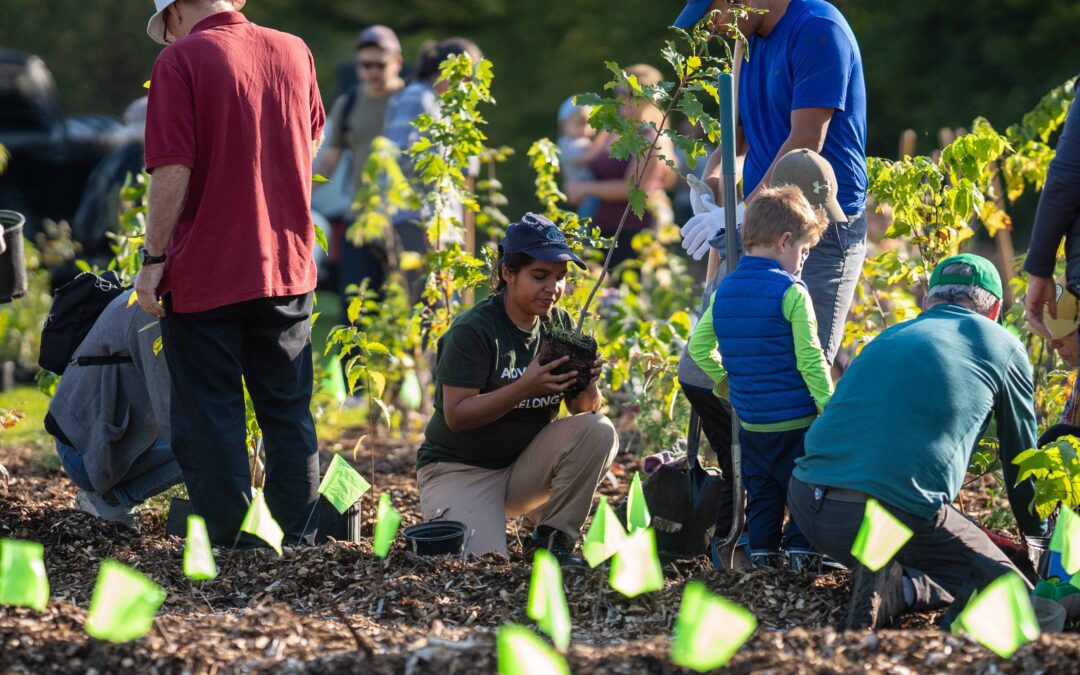
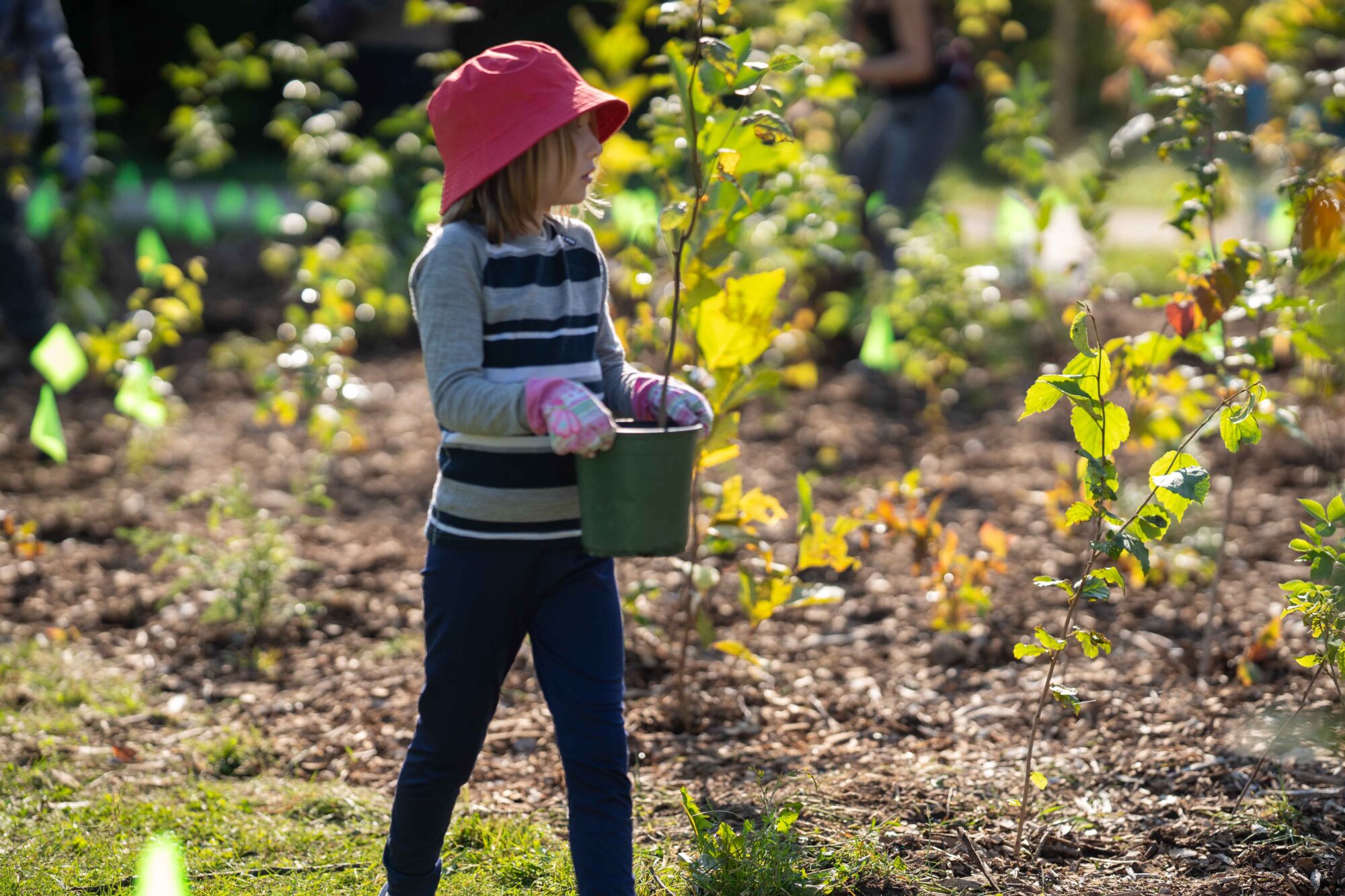
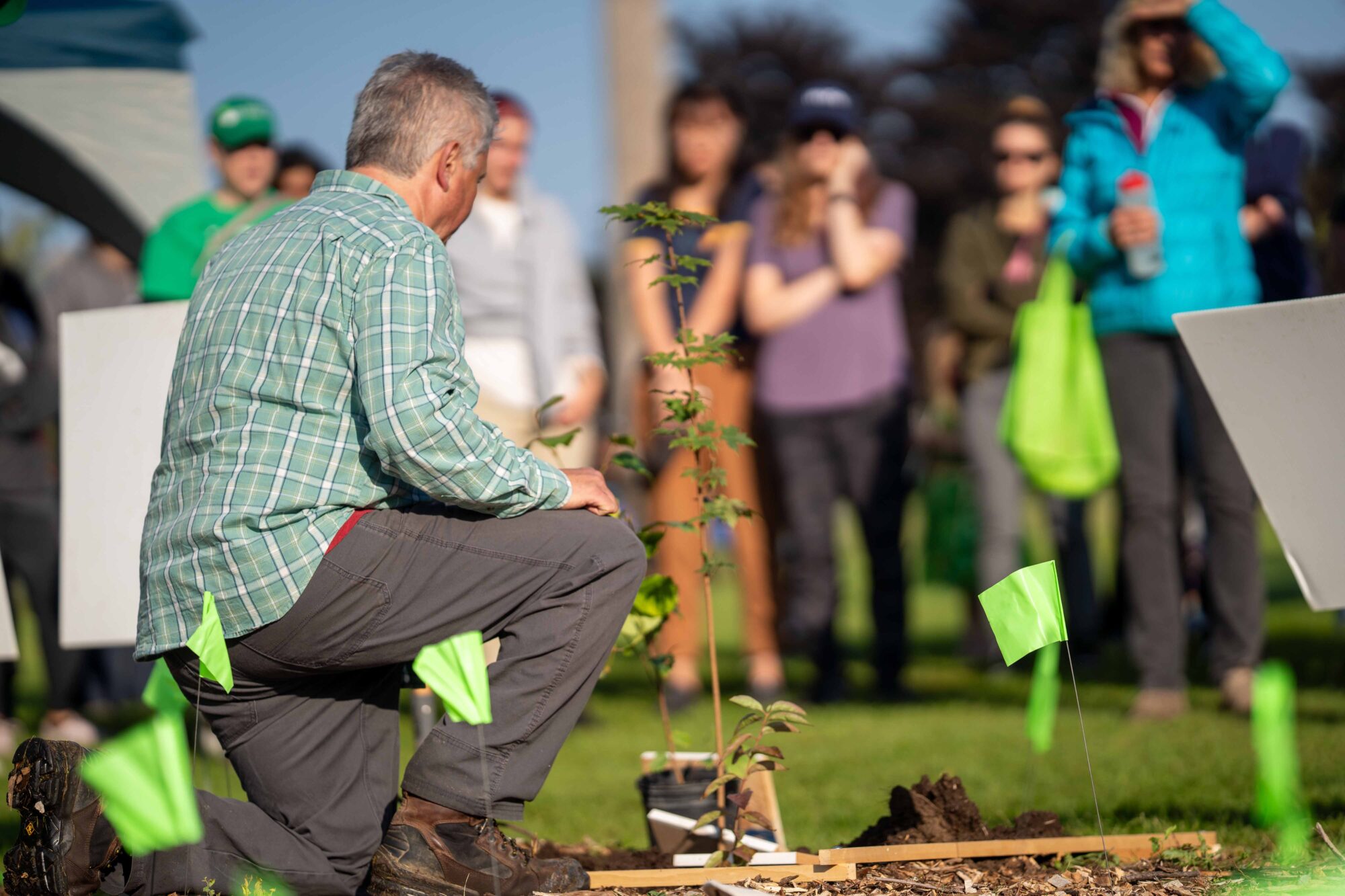
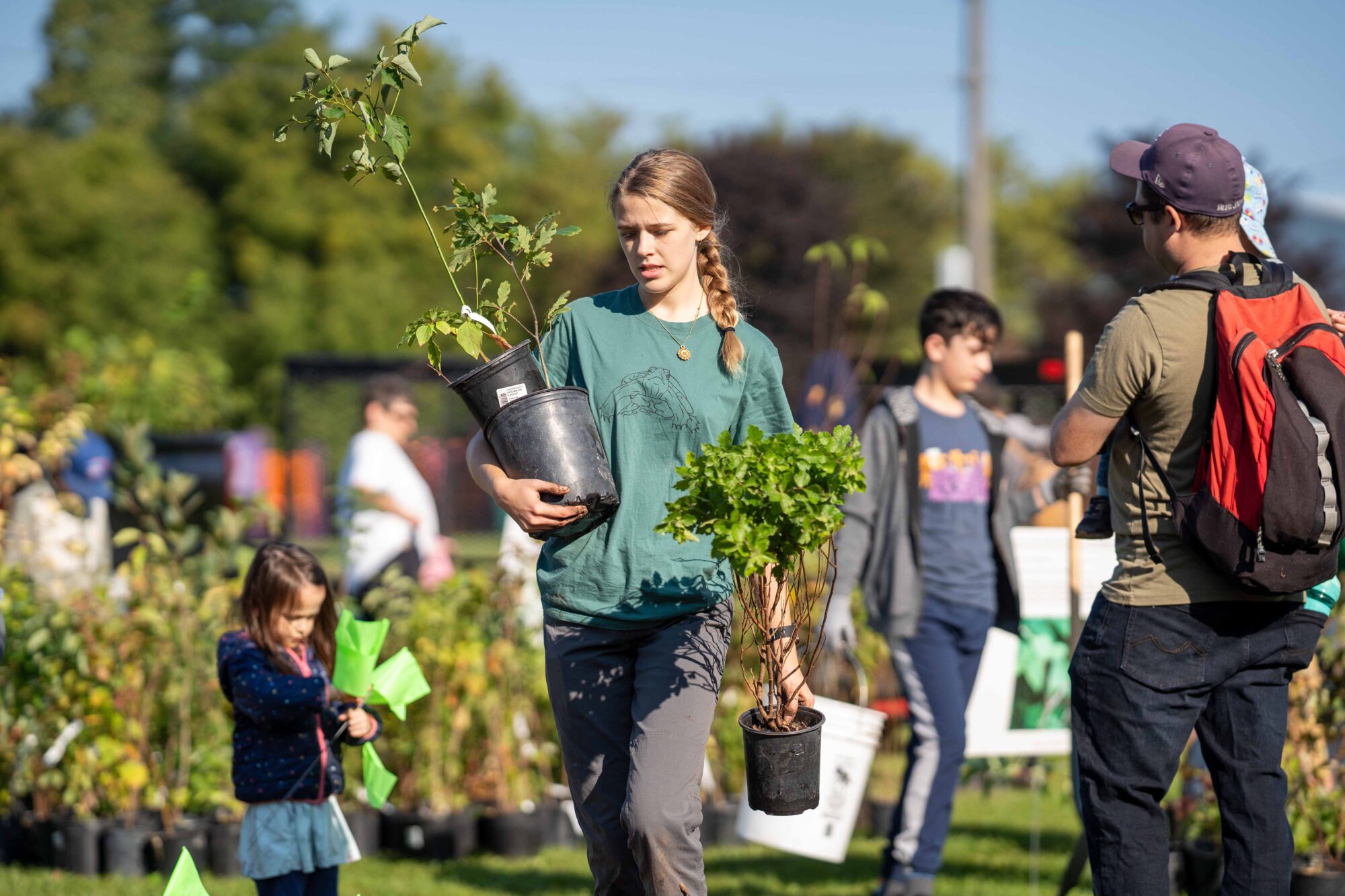
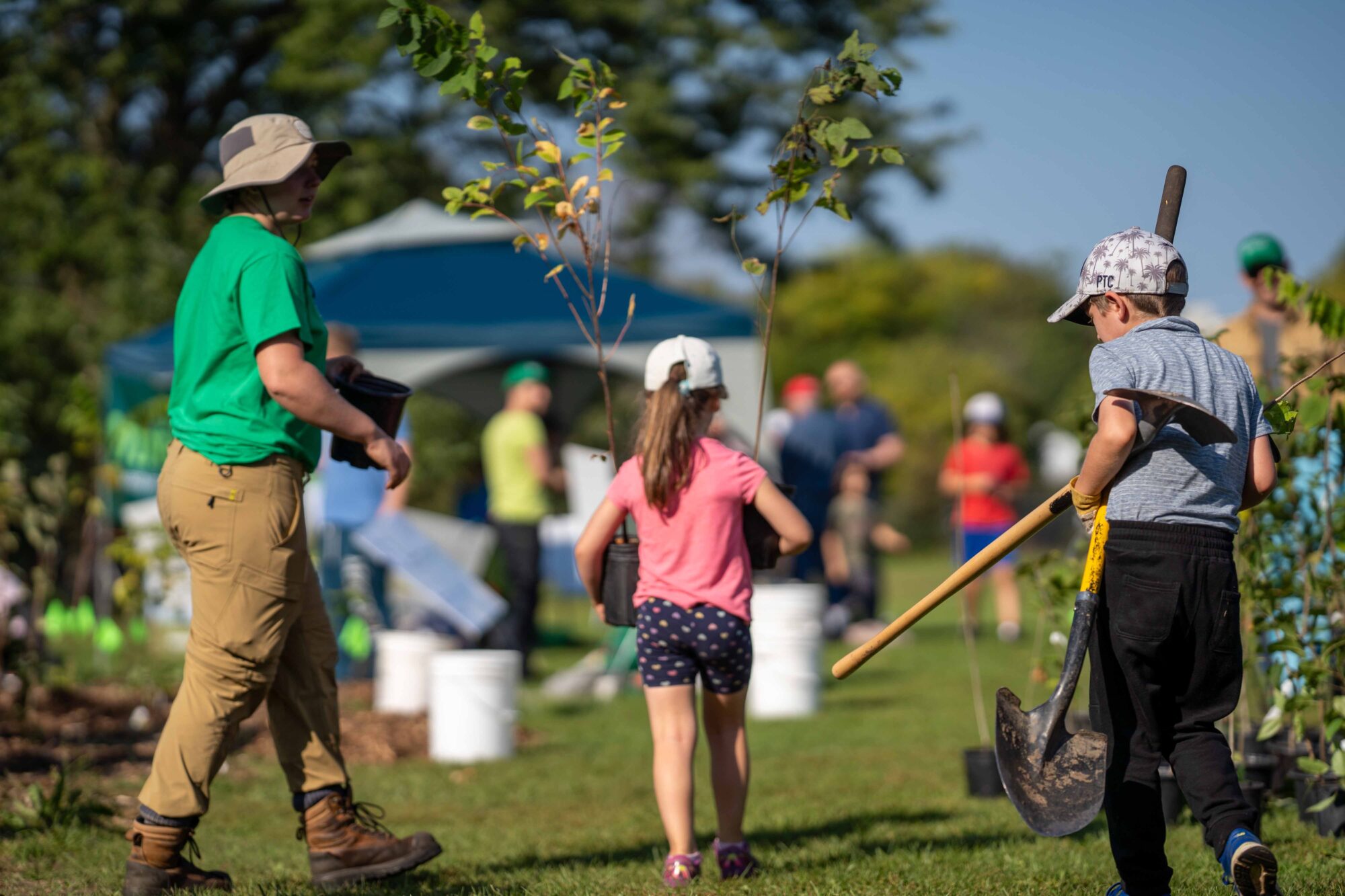
Recent Comments